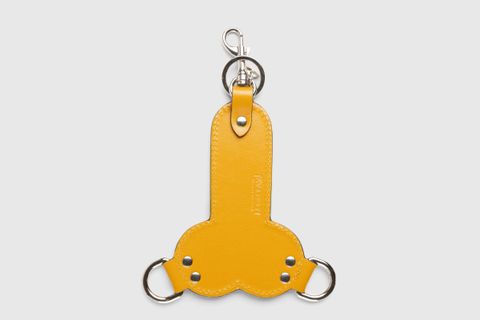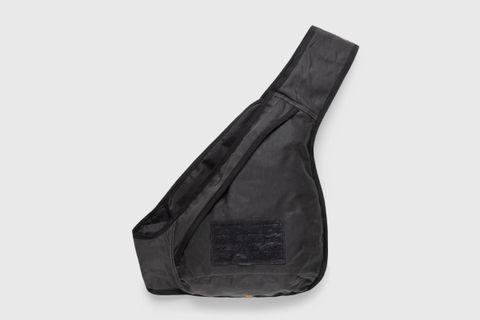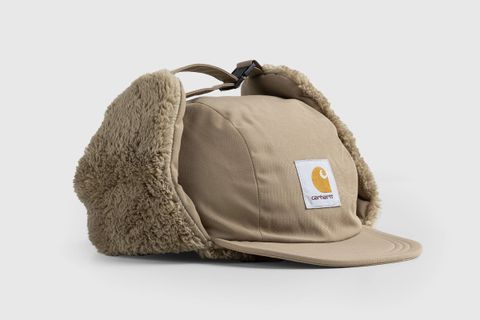Romance, Girlhood, Nostalgia: Why Roses Are Fashion’s New Favorite Flower
“Florals? For spring? Groundbreaking,” Meryl Streep’s Miranda Priestly eye-rolls in The Devil Wears Prada. It’s a line that anyone even vaguely clued-in to fashion has committed to memory, ready to parrot at the drop of a hat. But the iconic movie quote hasn’t kept a botanic trend from blooming on the runway: At the Spring/Summer 2024 shows across New York, London, and Paris, everything's coming up roses.
At Sandy Liang, sashes tied off with tea roses served as belts, looped around low-slung capris and pleated skirts. Simone Rocha spotlighted the flower in several ways, fashioning them into nylon windbreakers and silky clutches — she even stuck stalks of the prickly bloom into long, thin pockets built into sheer gowns and outdoorsy outerwear. And at Marni, three-dimensional roses sprouted from gowns that better resembled overgrown gardens.
Clearly, fashion’s new favorite flower is the rose, a blossom traditionally associated with romance. As Greek mythology has it, Aphrodite, the goddess of love, pricked herself on a bush of white roses while rushing to the rescue of her lover, Adonis. Her blood stained the white petals red, forever linking the flower, particularly its scarlet varieties, with passion.
Susan Korn, the designer behind beaded accessories label Susan Alexandra, ties the rose’s romantic connotations to this season’s runway trend: “Roses represent beauty and romance… Love is what we're all looking for, in everything we do.” It might sound trite, but Korn is right. After all, the quest for love — a longing to desire and be desired, a phenomenon that most people can relate to — has produced, and continues to produce, countless works of art. Perhaps our craving for connection is coming to a head amid the crush of disembodied, digital communication that social media, online dating, and remote work requires.
Korn also associates roses with femininity, a link she explores via Rosette, a knitwear brand that she launched in 2022 with stylist Doria Santlofer. “The name Rosette is inspired by that point in a rose’s life cycle when it is not yet fully in bloom and still in bud form,” she says. “We use rosebuds to represent the many phases of being a woman.”
It’s no secret that fashion has been embracing hyperfemininity, a reclamation of girlhood and womanhood that flies in the face of the messaging many Millennials and Gen Z’ers grew up with: that being “too” girly is undesirable, a turn-off to men and an affront to feminism. Trends like coquettecore and balletcore reject this reasoning, instead riffing on the unapologetically pink, frilly, and lacy wares one might see in a little girl’s closet. To Korn, fashion’s recent taste for roses goes “hand-in-hand” with this reconsideration of femininity.
Brittany Asch of BRRCH, a floral design studio that has created arrangements for a slew of fashionable clientele including Gucci, Collina Strada, and Rihanna’s Savage X Fenty, suspects the proliferation of roses on the runway points to our longing for love, both romantic and platonic. “I could guess we are in need of connection, a return to romance, deep care, strength, grounding and healing,” Asch says, adding that the rose most often functions as “a courier of romance and romantic expression.”
Whether the rise of the rose is a call for connection or a call back to girlhood, Asch hopes the trend is here to stay. “Roses have always featured prominently in my work — they are my anchor and I have always pushed for their appreciation to deepen,” she says. “To me, they are the heart, the center, sacred, and a reminder that staying soft is not an indicator of weakness.”


